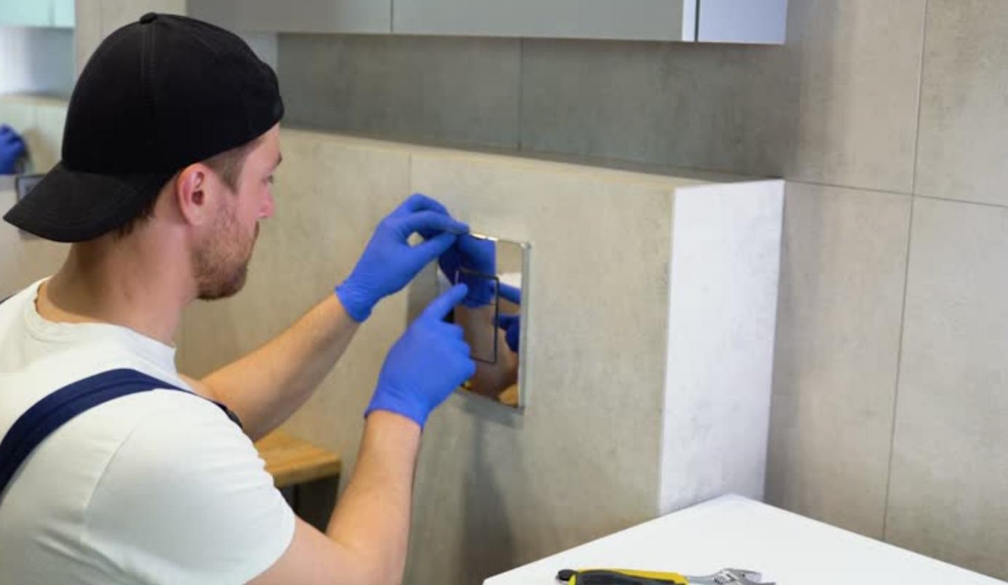Why Tile Preparation is Crucial: Insights from a Bathroom Tiler
- Written by The Times

Everything depends on good and proper tile preparation for a good and long-lasting bathroom remodelling. Pre-tiling, the surfaces need to be well-prepped so that later, there won't be any possibility of trouble. One needs to look for the cracks, ensure that it's level, and clean walls or floor, among other things. If not well-prepped, the tiles might finally come out unevenly shaped or even disengaged. The first factor that determines the success of a tiling project is preparation, and professional bathroom tilers consider preparation important. If not done properly, it can end up costing too much to fix. A high-quality, durable finish with aesthetic appeal is accomplished in the preparation stage, at which skilled tilers take proper care.
Why Hire a Professional Bathroom Tiler for Durable Results?
A good bathroom tiler will allow you quality coupled with longevity for the tiles. They measure and cut tiles properly, placing them in position without any misalignment. Special instruments and techniques are also used to get the job right. They know which types of grout and adhesives go well in the bathroom environment. This is quite significant, particularly in wet conditions that, after sometime, can lead to some sort of damage. This is why a professional tiler should be hired to prevent such frequent problems like water damage, premature wear and loose tiles. A professional tiler would ensure that the bathroom renovation is not just good-looking but also durable.
How Bathroom Tilers Enhance Safety with Anti-Slip Flooring Solutions
Designing the bathroom is one of the considerations to assure safety, especially for homes that have children or elderly members. Installing non-slip flooring is one of the ways that the professional tile installers contribute to having a safe bathroom. Danger slips could result in slippery places such as bathtubs and showers, and falling may be more hazardous. Professional tile installers have skills to provide suitable tiles tailored for grip in specific areas. They usually recommend textured surface tiles or tiles having anti-slip coatings for reducing the chances of slipping to the minimum. To ensure that they are installed perfectly, the tilers choose the right tiles for installation and follow correct procedures for laying them out. Poorly laid tiles may result in water logging, leading to slippery surfaces.
The risk is absolutely avoided, and water can be drained properly when the experts level off the tiles accurately. The tilers also pay attention to the gutter and sealants that contribute to the increased resistance of the flooring's traction. The extra precautionary measures ensure the safety provision for daily use of the bathroom. The slope of the floor tilers also account for guiding water flow towards drains to reduce chances of falls by preventing water from pooling in unsuspected places. A professional bathroom tiler will appraise the whole bathroom and harmonize style and functionality to deliver the best safety for you. You are assured that this will improve both appearance and safety for any bathroom in your home with a competent tiler.
Common Bathroom Tiling Mistakes and How Professionals Avoid Them
There are a number of common mistakes in an attempt at DIY-tiling a bathroom which compromise the final output. Firstly, it's surface preparation that's often botched. DIY bathroom tiler often do not take out the time or bother to clean the surfaces before they start on tiling. Furthermore, they don't level it properly resulting in uneven and sometimes cracked tiles. Proper tilers avoid all this because of perfect inspection and preparation where they clean debris from surfaces and ensure them level. Incorrect spacers for tiles is probably the most common mistake. Amateurs may not pay as much importance to equal spacing of the tiles and their insignificant grout lines, which may become a big issue later on. Professional tilers use spacers and all the equipment to ensure a uniform gap between every tile, making the finished work clean and polished.
Additionally, proper application of grout in such a manner that there are no gaps or lumps may be difficult for a layman. The other risk in DIY tiling is the inappropriate adhesive or the wrong kind of grout. Some adhesives are not suitable for wet places and might cause the tiles to become unstuck eventually. Experienced tilers know what type fits the environment well and uses it for long-lasting results. Making a blunder when cutting the tiles is another risk that home enhancers face.
















